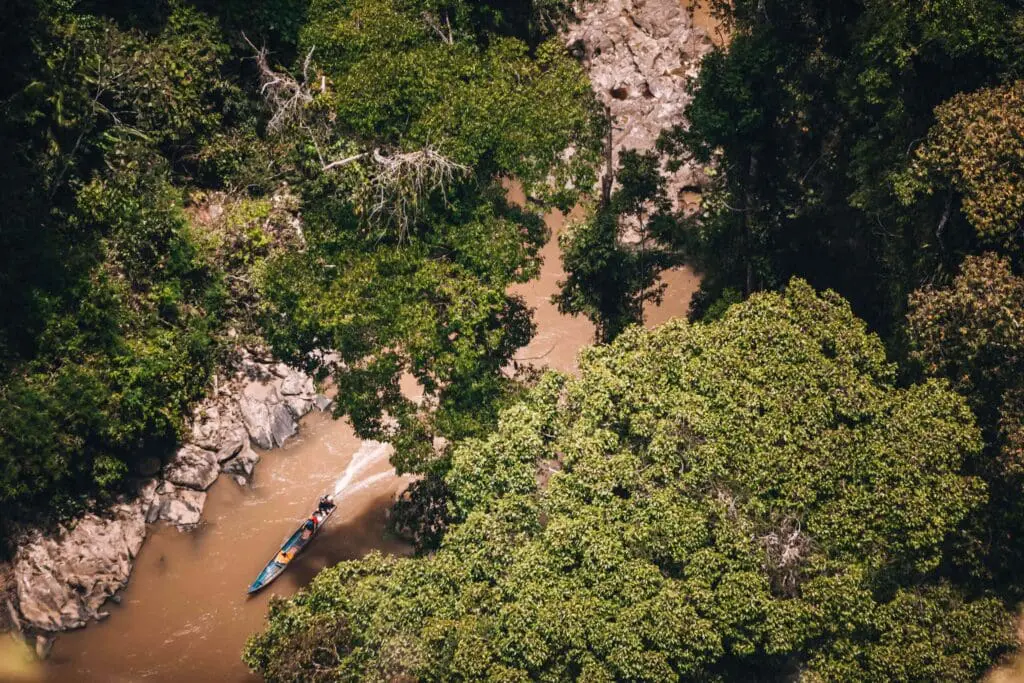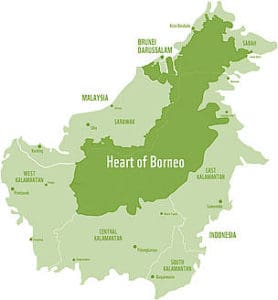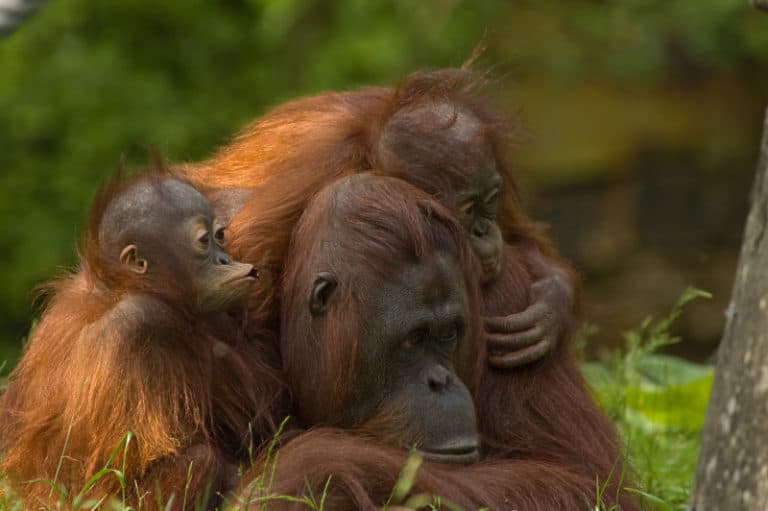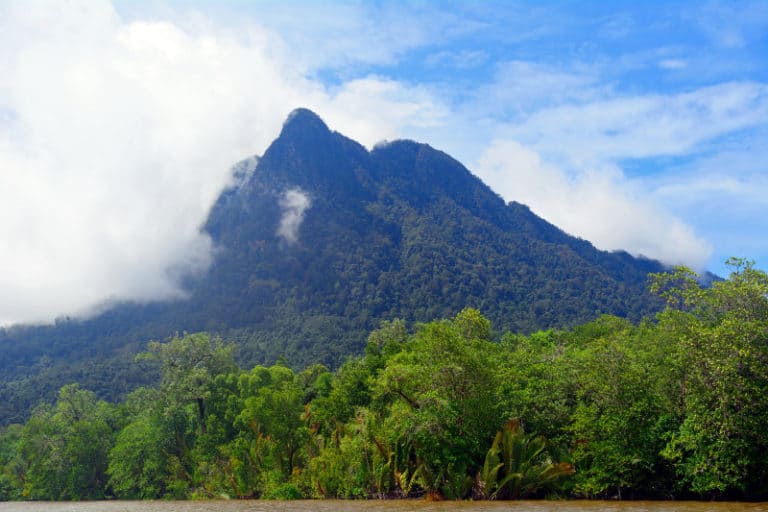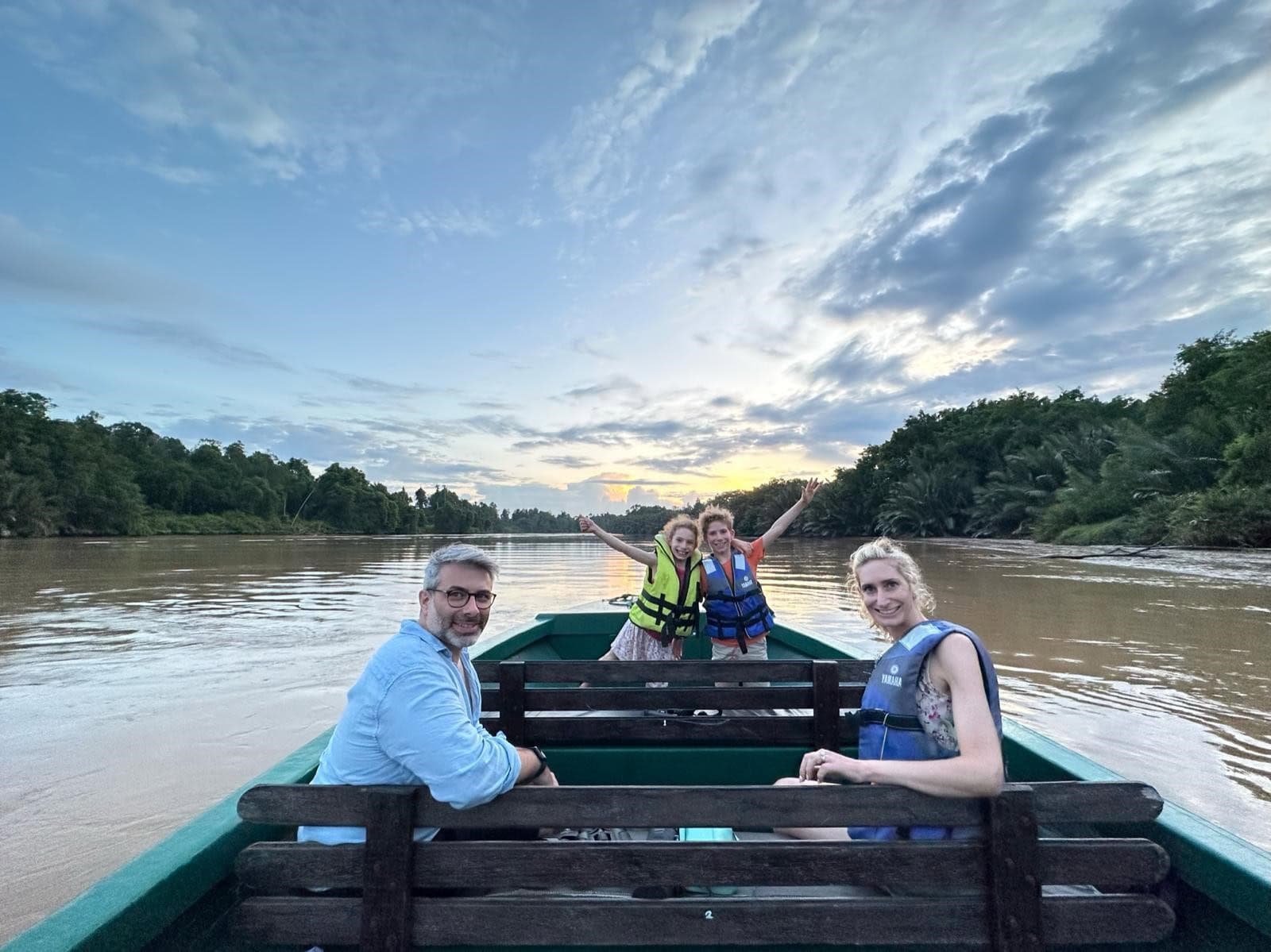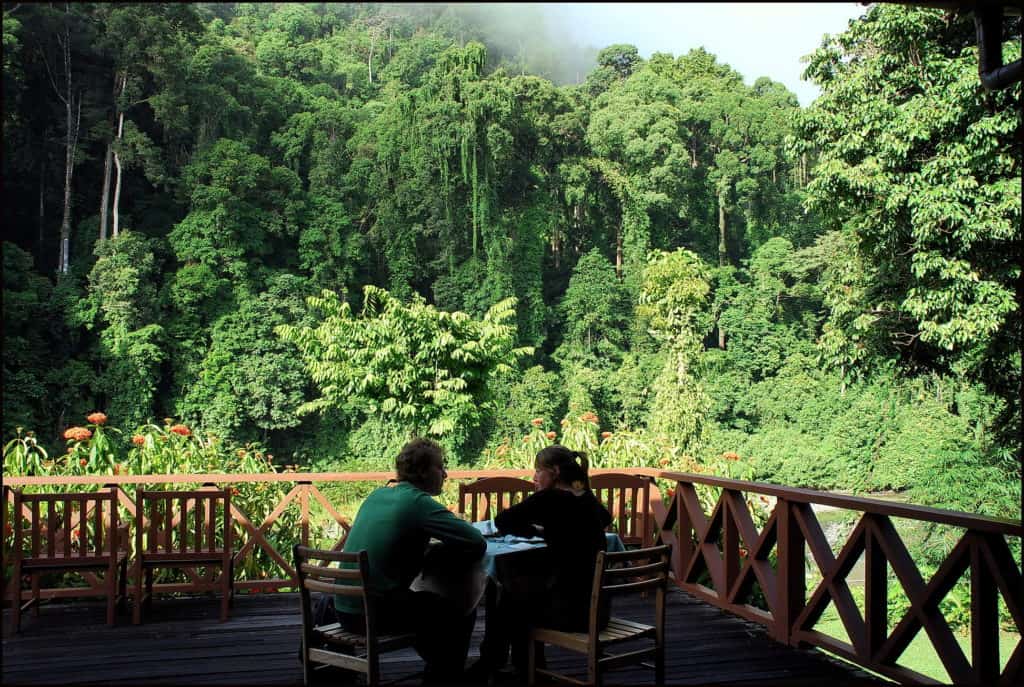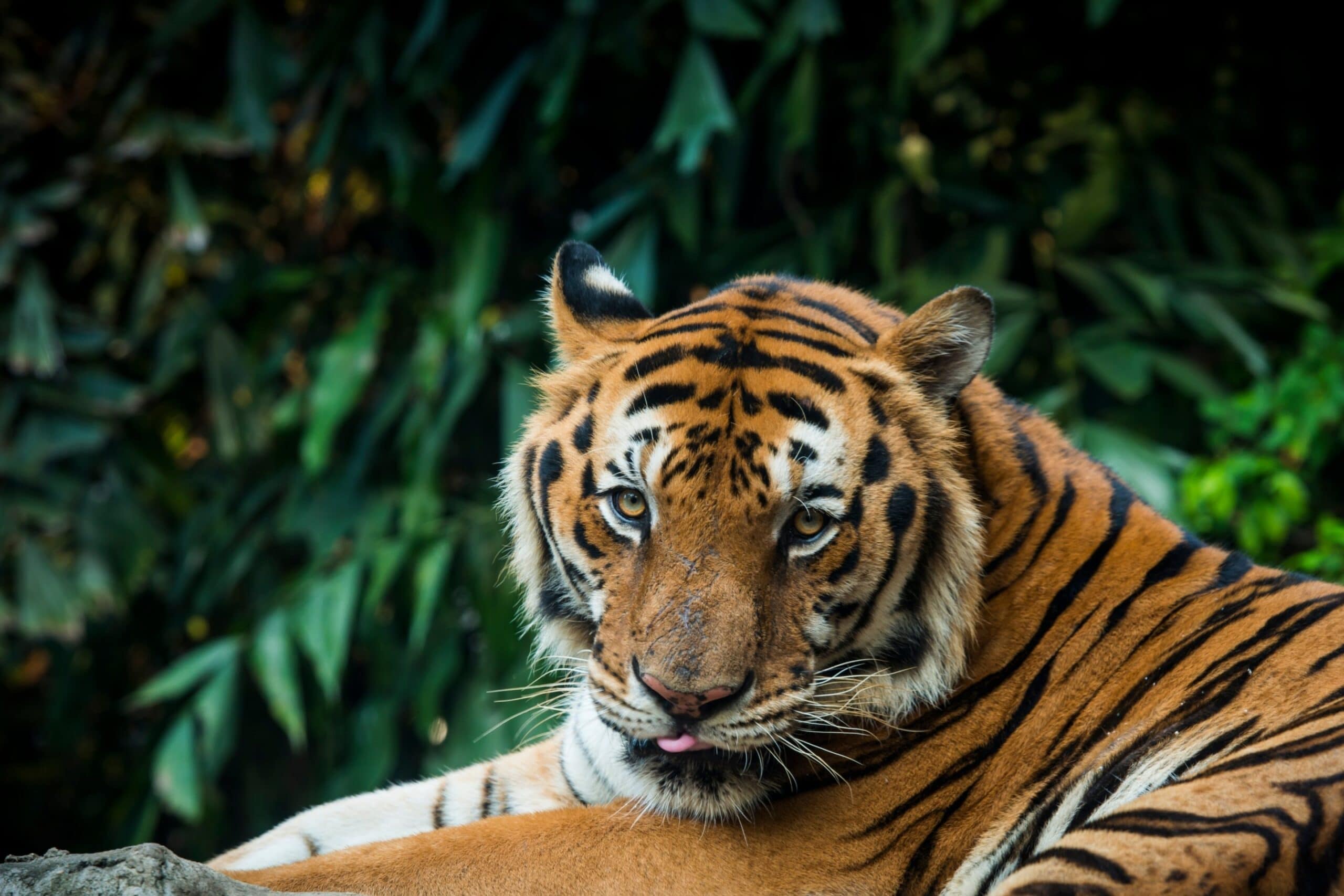Threats to Borneo’s Rainforest & Wildlife
Due to the sheer number of natural resources found in Borneo’s rainforest, it has been a hub of international interest. Timber, minerals, palm oil and more have all been the focus of deforestation on a mind-blowing scale, with just 8% of the remaining rainforest under protection from such schemes.
Deforestation is also carried out to make way for the growing of crops. Palm plantations, an incredibly lucrative plant for farmers in need of money, are popular uses of space, meaning more forest must be removed. Coffee is another popular crop, which also requires plenty of space on the island.
The forest itself is not the only natural resource found in Borneo. The animals that live in the forests are also a target, with poaching threatening the lives of the animals for which the rainforest is their only habitat. With more and more roads created throughout previously forest-covered areas are allowing easy access for illegal poaching of already critically-endangered species.
Species that are unique to the Borneo Rainforest are under incredible threat, with the destruction of habitat already causing the drastic decline of species like the Bornean Rhinoceros. Taking away their homes and food sources and impacting delicate ecosystems are all hugely disruptive to life in the rainforest.
Tribes & Communities in the Borneo Rainforest
The population of Borneo is made up of a collection of multicultural groups, forged throughout the history of the large island. The main two groups of people consist of tribes occupying the more inaccessible interior of Borneo, commonly known as the Dayak people, and more agricultural communities along the coasts. For the Dayak people, consisting of around 50 distinct tribes and groups, the rainforest is a vital resource for their survival.
Dayak culture is entirely unique to the island, with tattoos and dance expressing great importance for many of the smaller groups. Some tribes consist of just a few hundred people, so the different languages spoken by different tribes are at serious threat of dying out. The rainforest in Borneo provides a home to the Penan people, who are hunter-gatherers that rely on the resources of the forest for survival. It is estimated that less than 10,000 Penan still live today, with a small percentage of Penan still nomadic.
The ongoing threats to the animals and plants in the central rainforests are an imposing threat on these indigenous communities. The Penan people have a history of protesting logging by blocking vital transport routes, displaying just how passionate they are about protecting the lowland forest. Food, shelter, and livelihoods are at serious risk with the threat of deforestation, not to mention the loss of traditional ways of life of these tribes.

Borneo with ETG
Tourism, when done right, can be a great way to improve conservation and sustainability efforts in places like Borneo. Evocative forest views and eye-opening wildlife experiences await you, all while teaching people about the importance of conservation in such delicate ecosystems. With responsible tourism, we can help to support the wildlife and communities most affected by deforestation.
This article was originally published in February 2020. Updated in October 2022.
CURIOUS ABOUT BORNEO?
Take a look at our our holidays to Borneo. Alternatively, you are always welcome to talk to a Borneo specialist on 0203 993 8496 .
